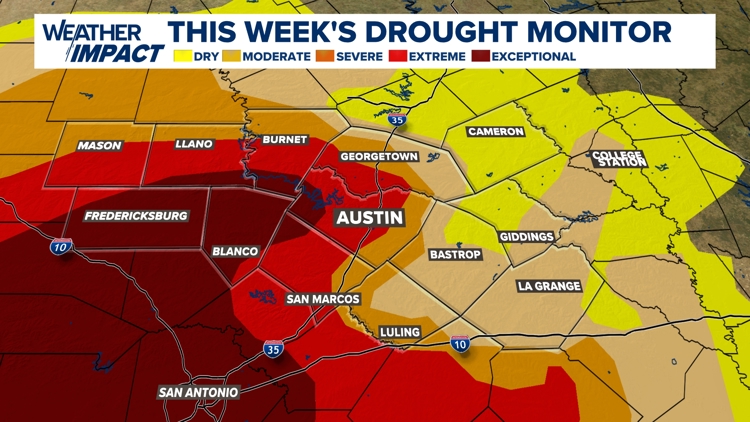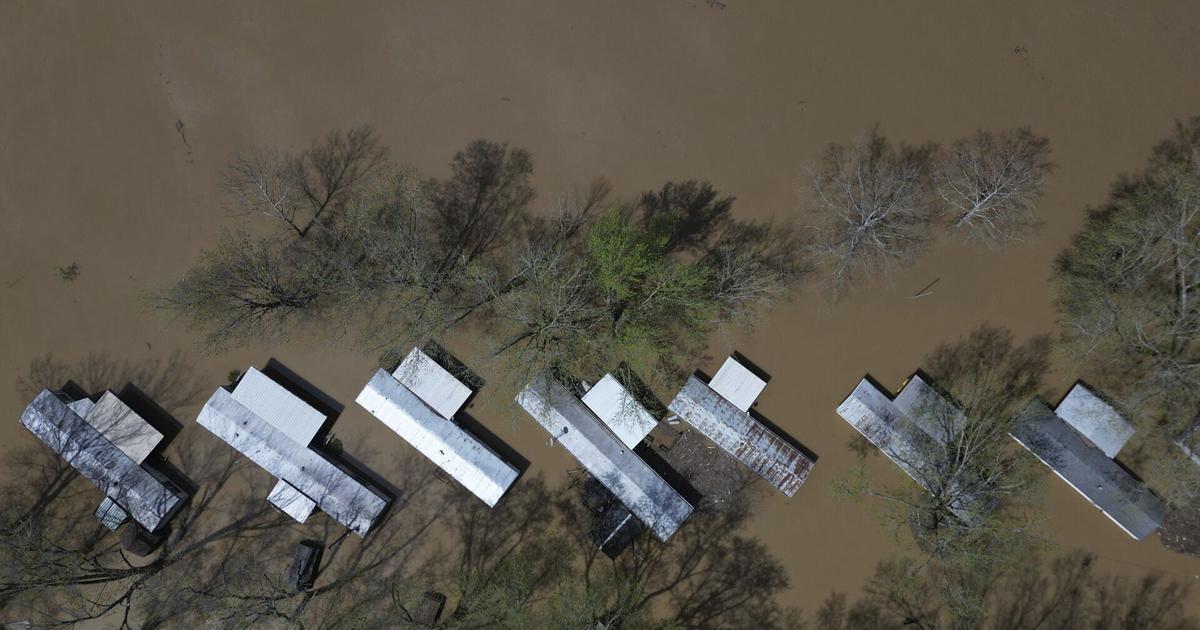Los Angeles County is literally ripe for the picking. Maybe you’ve seen those sweet loquats on your neighbor’s tree or figs growing outside your favorite shop. L.
A. has plenty of public and private spaces where fruits grow freely — and many are hitting their prime harvest months now. But in Altadena and Pacific Palisades, the the January fires burned some of these food sources and the ground around them.

That’s why a reader reached out to us with this health question: What we know from a previous fire We approached this question by looking at it two ways: The answer is not an easy “yes” or “no,” but California has past experience to draw on. In Sonoma County, the 2017 Tubbs Fire ripped through thousands of homes and businesses, raising the same food safety questions we’re looking at now. Scientific research in this area is slim, but a team at the UC Cooperative Extension in Sonoma tested plants that were exposed to ash and smoke for wildfire-related chemicals, such as heavy metals.
They determined contamination was a low concern for produce and soil. Now, none of the tested plants were adjacent to burned structures. So, there are still some questions about how proximity could’ve changed the findings.
Foods can absorb some toxins overall. For fruit trees specifically, experts are typically concerned with surface-level contamination , such as with ash and smoke leaving residue. Know your soil For plants directly next to burned properties, you may be wondering if they can soak up toxic chemicals in the soil.
This typically isn’t a concern — you can even eat some foods grown in lead contaminated soils. However, some plants like leafy greens can retain chemicals. Given the uniquely elevated risks from the fires, it may be best to investigate your soil more.
For properties that burned down, crews are scraping off about 6 inches of soil in a 2 to 5 foot radius around ash under Phase 2 of debris clean up, according to the county . But as toxic metals have also been found in cleared properties since then, you may want to test to determine if more needs to be removed. After the Tubbs Fire, the California Department of Public Health issued guidance to remove 12 inches of garden soil in fire-ridden areas.
Testing isn’t happening automatically, so it may fall under your responsibility to get it done. L.A.
County is launching a free soil testing program soon for residents affected by the Eaton Fire. USC also started CLEAN , a free rapid response soil testing program where anyone can send samples to check for lead. Outside of these options, a basic soil test — which analyzes nutrients, pH, and lead levels — can be as low as $10.
More expensive tests can be done that look for other contaminants. You can see the department’s full list of suggested soil-test labs here . Keep in mind, you won’t be able to tell whether chemicals were present before or after the fires.
How to clean your fruits and soil As LAist reported before , a good rinse should be enough for most foods that didn’t burn. And the recent rains may have already removed some of those smoke and ash contaminants! Laura Simpson, a master gardener for the University of California who has a background in immunology, said fruits and vegetables from your garden should be fine to eat as long as you wash them. For short-term cleaning: If you want to go a step further, Simpson said you can mix one cup of white vinegar with nine cups of water in a bowl to wash your food items, and then rinse them again with fresh water.
For long-term care, you can also mix fresh soil with compost to dilute and break down contaminants in older soil. Organic matter can lock in lead away from plants , but you’ll need to amend your soil with it frequently..
Environment

LA fruit season is here, but should you eat produce from the burn zones?

Loquats are one of the many ripe fruits that Angelenos may find now around the Palisades and Eaton fire areas.















